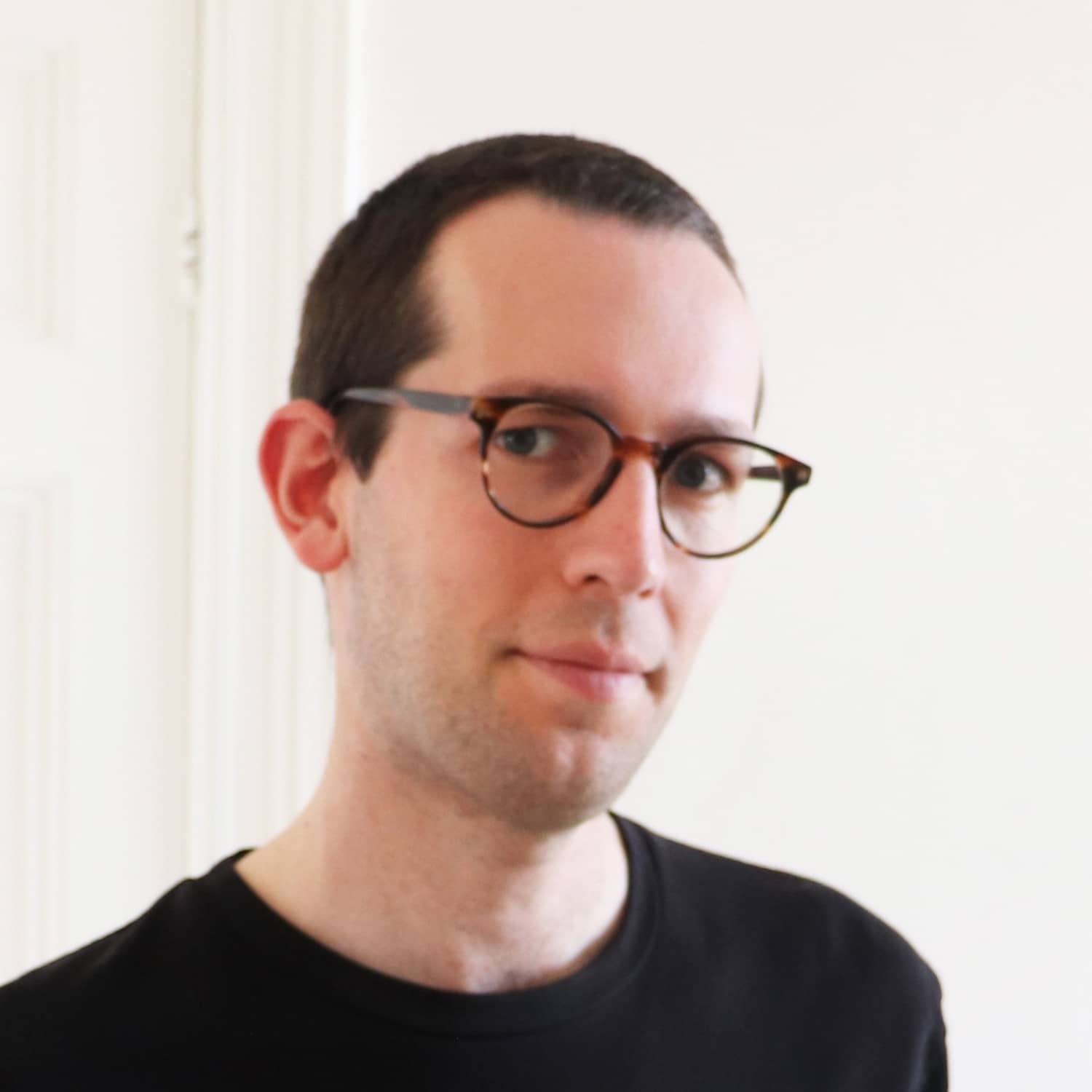Design Approaches Definitions
Design for Adaptability, Longevity and Disassembly
The greatest challenge for circular design is prolonging the building products’ life span. Different design approaches have been developed that aim at doing so that can either be used separately or in combination. In this video, Stijn presents the three most common design approaches that are related to circular design.
Main Takeaways
- Design for longevity aims at designing buildings that can withstand the test of time.
- Design for disassembly opts at connecting products in a reversible way should allow dismantling them without reducing their remaining value.
- Design for adaptability allows reconfigurations but also extensions or even partial dismantling of a building.
Further Reading
Galle, W., Cambier, C., Elsen, S., Lanckriet, W., Poppe, J., Tavernier, I., Vandervaeren, C., De Temmerman, N. (2019). Building a circular economy: design qualities to guide and inspire building designers and clients. Brussels: Vrije Universiteit Brussel. DOWNLOAD REPORT & DOWNLOAD CARDS
